Internet of Things (IoT)
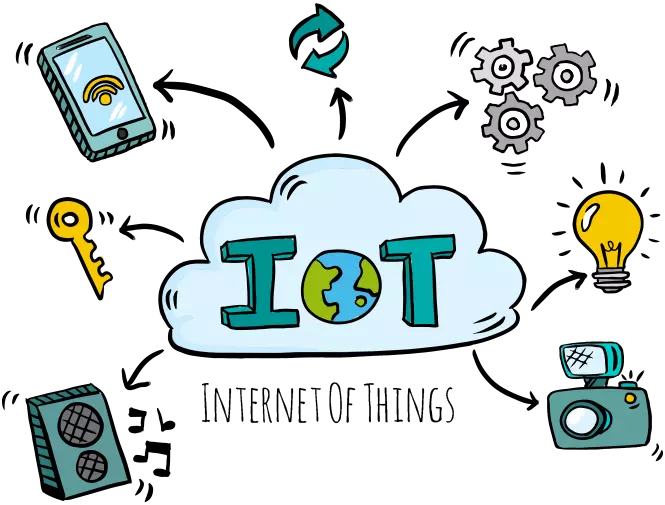
IoT is a complicated word that has come into being in recent times. Simply put, it is connecting all your devices to the internet. With IoT you can send and receive information in a compiled manner, ensuring all your data is accessible at your fingertips.
Put into the context of today’s modern information systems and technology, it allows you to focus on the most important aspects of the data you’re collecting/sending/receiving.
Today’s businesses that use IoT have seen increased revenue, reduced operating costs and massive upheavals in efficiencies.
As technology has evolved, we at Versatile have also realised the need to learn/adapt to this new IoT trend – with specialities in wearables, healthcare, transport and retail – we have set out on a mission to make IoT simple and easily implementable for the companies of the future!
Using IoT in businesses, you can connect your ERP to your CRM to your chatbot! This allows data to flow seamlessly between platforms.
Versatile aims to work with 1M+ companies across the globe to develop and improve on their solutions to build awesome user experiences.
As our commitment to be a long term service provider, we offer support and maintenance services. Updates and upgrades will be within the contract that allows users to handle issues, with us, with ease.
This trend will impact industries of all kinds, as well as our personal lives.
Versatile deploys agile methodology to all our projects where we follow global delivery standards and best industry practices.
Versatile offers IoT integration services, IoT app development, IoT cloud service, and IoT consulting across all domains.

IoT for Wearables
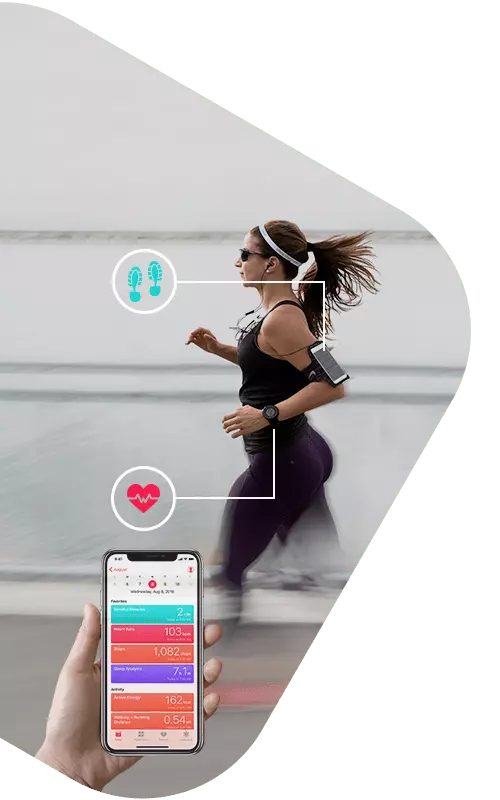
Wearable devices or smart electronic devices – your FitBit/Apple Watch are now central to discussions about IoT! These help wearers gain better control over their health outcomes.
These wearable devices have the same computing power of mobile phones and laptops, sometimes even outperforming the devices completely.
Wearable technology has three layers
- The sensors that monitor movement, temperature, heart rate and so on
- The connect and control layer – this has bluetooth capabilities and wifi, for example
- The cloud layer where information is stored and read.
For consumers, IoT spans a variety of pain-points such as battery life and connectivity. Within the domain of battery life, IoT can optimize and report back on the battery usage trends and modes of operations. Within the section of connectivity, IoT can work with tech to ensure reliable wireless connectivity where issues such as multi-radio interference (co-channel or adjacent channel) can become problematic.
Wearable devices communicate with smartphones over a number of real-time communication technologies including:
- Bluetooth 2.0
- BLE API or low energy Bluetooth
- RFID
- WiFi/WLAN or 802.11
- 915 MHz
Also, for non-real-time communication, we can Use a USB or Ethernet.
We are prepared to develop/create your wearable tech future, with you!
IoT for Healthcare
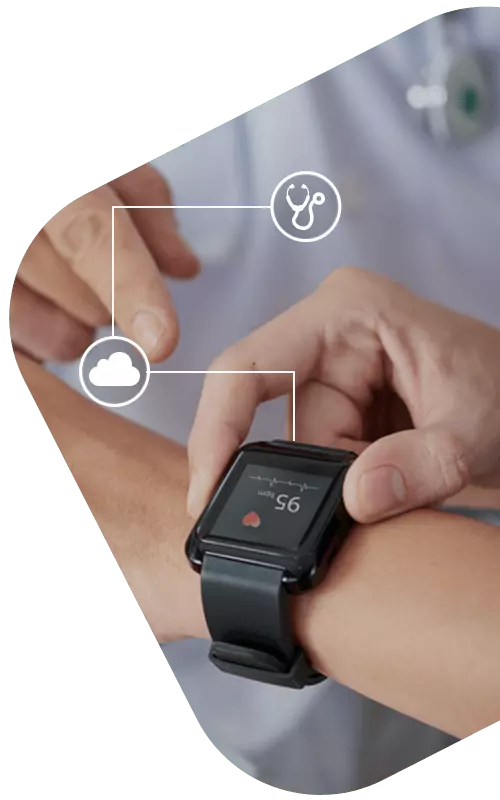
Hospitals and doctors aren’t something that patients look forward to. It is an industry that has been plagued with traditional service practices and even technology.
Quantified and data based healthcare is going to be the future of the industry because health that is measurable can be better improved.
Given the introduction for IoT, we can together cause changes that make doctor-patient interactions personal and efficient again.
Most hospitals or locations where patient-doctor interactions occur use IoT because of the cost reduction. With specialists using remote health monitoring facilities – they are able to provide treatment in more real-time.
IoT has a plethora of benefits such as more accurate treatment results, disease control within the hospital, medicine control and many more. Within prevention, it has become a primary area of focus as health care expenses are projected to grow unmanageable in the future.
When hospitals use IoT, they are guaranteed more hygienic environments. When patients use IoT, they are able to transmit information in real-time to the doctors When doctors use IoT, they are able to diagnose situations with more care and accuracy, most importantly, speed.
Some of the use cases of IoT in healthcare are
- Disease Prevention – This enables doctors to check in on patients regularly, ensuring their health is under control, in regular intervals.
- Healthcare Management – This is managing the end-to-end consumer experience. From the time of check-in till check-out. Managing it with IoT gives us far deeper insights and data which we can use to understand our customers better.
- Patient Administration and Billing – This is specifically to do with the entire billing process. Billing usually takes time and IoT speeds up the process!
IoT connects your health with the future. It has the ability to align towards the shared goals of better patient health, lower healthcare costs and improved doctor-patient experience for all stakeholders.

IoT for Transport
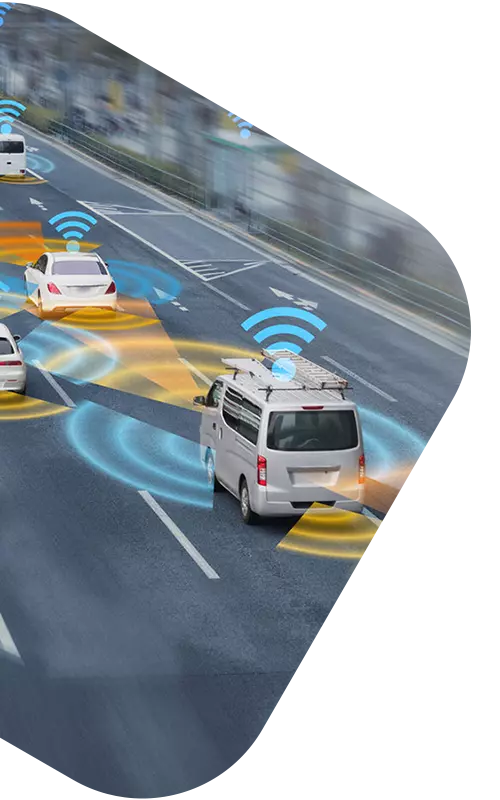
IoT within transportation and automobiles is transforming the way we view fleet management. With the ability to gather, understand and use more data – we are becoming ever so aware of key metrics that we were unable to track before.
For fleets and fleet management, IoT is pushing the throttle on productivity and efficiency of vehicles. From monitoring and optimizing routes till controlling the fuel costs – IoT is enabling smarter decisions. All this leads to a cost cutting that’s commonly associated with inefficiencies in logistics.
When it comes to the security angle, IoT offers high-level security metrics and tracking for the driver and vehicle itself – with the ability to alert a designated individual in case of an emergency. This keeps fleet managers aware and able to handle emergencies swiftly.
When IoT-enabled cars are on the road, there will be much more data in regards to driving, video/audio and advanced views. These smart vehicles will be able to ‘see’ blind turns and corners at a distance, identify pedestrians, cyclists, and any other road hazards well in advance, and make complicated but automatic judgment calculations and split-second decisions to maximize human safety.
Insurance :
- The next layer would be insurance premiums on vehicles that do dent the pockets of not just large fleet owners but also individuals. IoT in this case, merged with Insurance, is actually working for the customer – by providing accurate, real-time data on driving behavior and trends to the company. This, when communicated back, allows for the insurance company to not generalize the offering/service – but personalise it instead.
The ability to track and receive updates about the freight has made fleet management easier for executives. Using IoT technologies, the entire transportation company has improved their performance, safety, and communication with customers eventually helping executives to make quick decisions. Transport, Logistics and Fleet management companies use IoT technology in order to increase efficiency and productivity of operations. Their goal to enhance the way operations take place has succeeded!
IoT for Retail
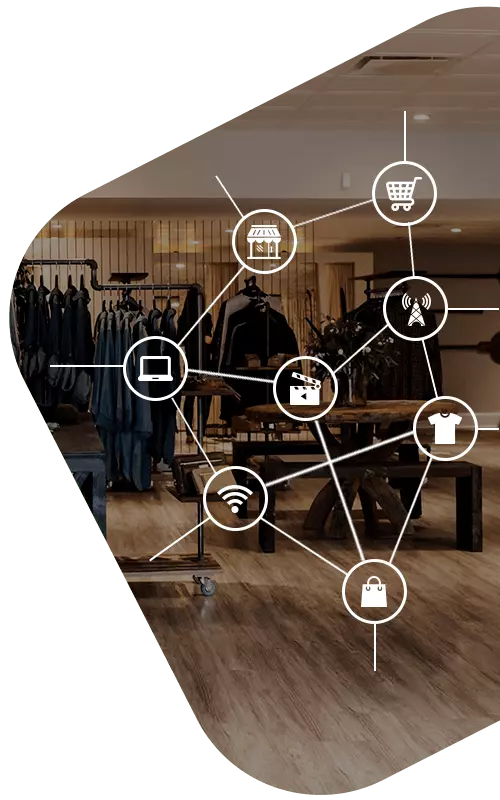
IoT within retail is a much-needed addition to tackle tedious, traditional tasks. IoT is set to modernize retail by being an inventory management system, a payment gateway/management system and finally, making retail more customer obsessed.
IoT works within the retail environment by segregating a function and then figuring out how to optimize for productivity. Take for example supply chain, this task currently involves a lot of physical stock counting. Smart shelf systems contain three elements: an RFID tag, an RFID reader, and an antenna. Smart shelves are capable of automatically monitoring inventory and send managers alerts
When IoT is integrated, items picked from shelves will be automatically recorded, deducted from inventory and if stock is low – reordered. It is full-cycle.
Smart shelves take an important part in giving intelligent insights into customer behavior to the store manager and/or owner.
Next, think the shopping experience – everyone loves personalised discounts! In this instance, if a product is looked for online, in-store IoT, which is synched with the user’s loyalty account, will send them a personal in-store discount! This will encourage them to visit the store more often, and by connecting online with offline – filling in the lost money that has been going missing for years.
With the final step in the process, checkout, IoT can enable customers to just walk through a gate where the codes are scanned. Once scanned, the money auto deducts from their wallet – leading to a zero-human check out process. This also makes the entire population in-store more controlled and offers a massive uptick in the in out time of customers.

 +91 970 193 0011
+91 970 193 0011 +1 934 221 7261
+1 934 221 7261 +971 55 316 6156
+971 55 316 6156





